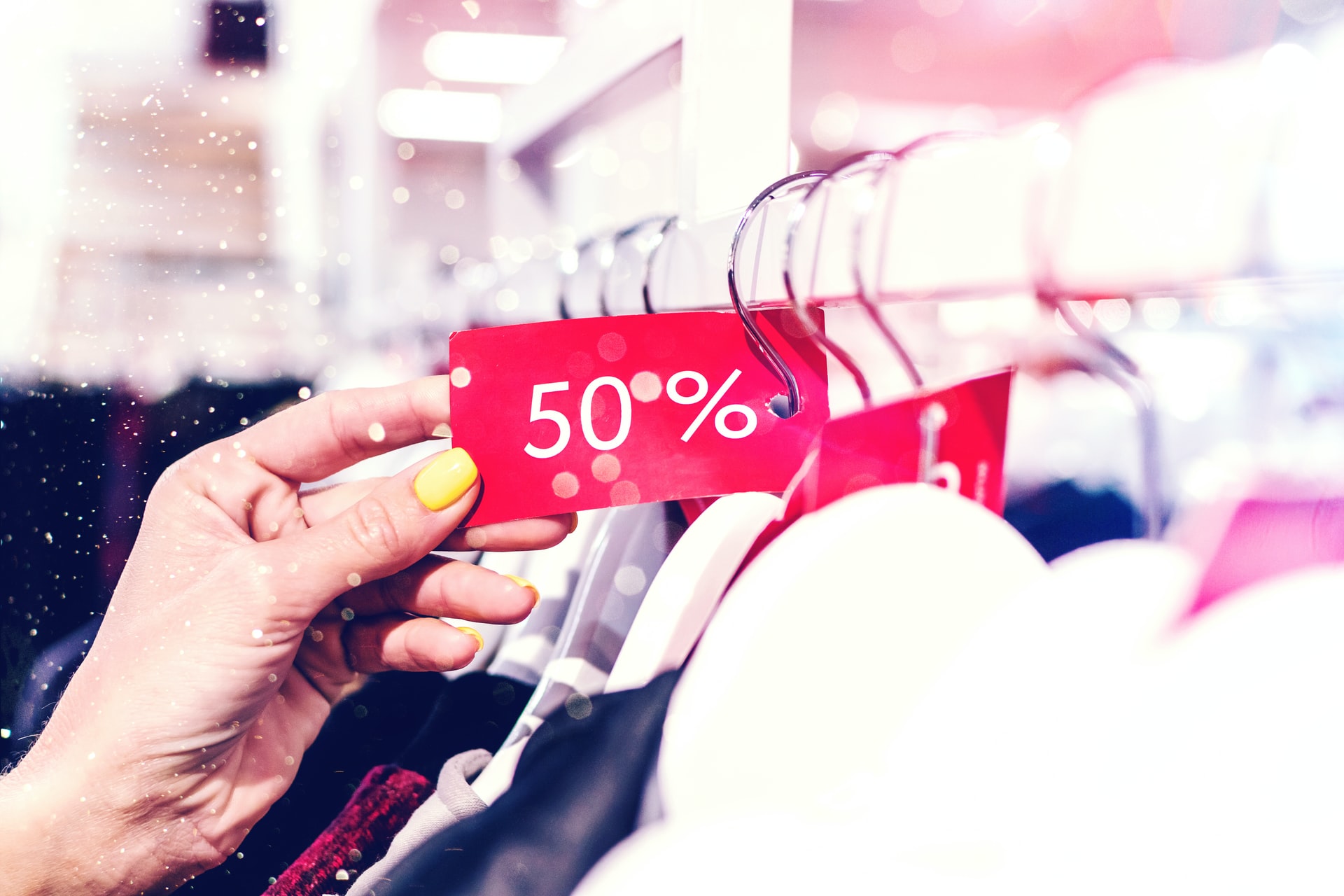In B2C transactions, mail in rebates are profitable largely because the consumer uses them when making their purchase decision but then often doesn’t send in the forms to receive the rebate. This is free money to the company offering the rebate. For example, nearly half of the 100,000 new TiVo subscribers in 2005 did not redeem their $100 rebates, allowing the company to keep $5,000,000 in additional profit.
However, B2B companies don’t offer mail in rebates. Rather, they typically offer rebates when their customers achieve some threshold. It could be total spend, a specific number of units, purchasing a collection of products or even a marketing objective like a published referral. In these cases, the B2B vendor calculates which customers earned the rebate and automatically send it out. There is no free money here (at least not for the vendor).
In fact, often it’s worse than simply not collecting free money. Many B2B companies who offer rebates find that these rebates simply become expected discounts given out year after year because they gave it out the year before. They stop checking if the customer reached the necessary threshold. This is the opposite of free money. This is lost money. The main cause for this is not having systems in place to methodically check on who deserves the rebate. Rebate programs are easy to talk about but much harder to implement well.
B2C rebates work because the same buyer who makes the decision also receives the rebate. This is often not true in B2B. A purchasing agent is typically evaluated and compensated based on the discount she negotiates for any item. Rebates are typically not calculated into these discounts because they are not certain. Hence, rebates are nice for the receiving company, but they don’t incentivize the decision maker to decide in your favor.
However, when these two negative effects are accounted for, B2B rebates have a powerful purpose. They can hide your best prices from your distribution channel.
The problem is distributors have so much information about your past pricing behavior that if you offer a discount to a strategic customer through a distributor, that distributor now knows how low you are willing to go. When the next semi-strategic customer comes along, the distributor will ask you for your best price, which they know because of past discounting behavior. What’s really frustrating though is that sometimes the distributor doesn’t even give that best price to the customer. They pocket the extra margin themselves.
Rebates can stop this. When you need to give a lower price to a strategic customer who’s buying through distribution, consider offering the customer a rebate. That way the distributor never sees the lower price and the customer gets the benefit.
My advice though, enter into a rebate program very carefully. Be clear about what to expect. Don’t just give away the discounts, validate that they are earned. Know what benefit you will get from the program and monitor it. If you aren’t getting the benefit, kill the program. Rebate programs are a hassle to implement and execute.
Be careful.
Author
-

Mark Stiving, a renowned Author, Speaker, and Pricing Expert with 41 years of experience, has made impactful contributions at various companies, including ONEAC, Advantest, LTX Corporation, Pragmatic Institute, and Impact Pricing. Widely recognized for his expertise in uncovering hidden value and maximizing profits, Mark has become a sought-after figure in the industry. For questions or inquiries, please contact [email protected].
View all posts








